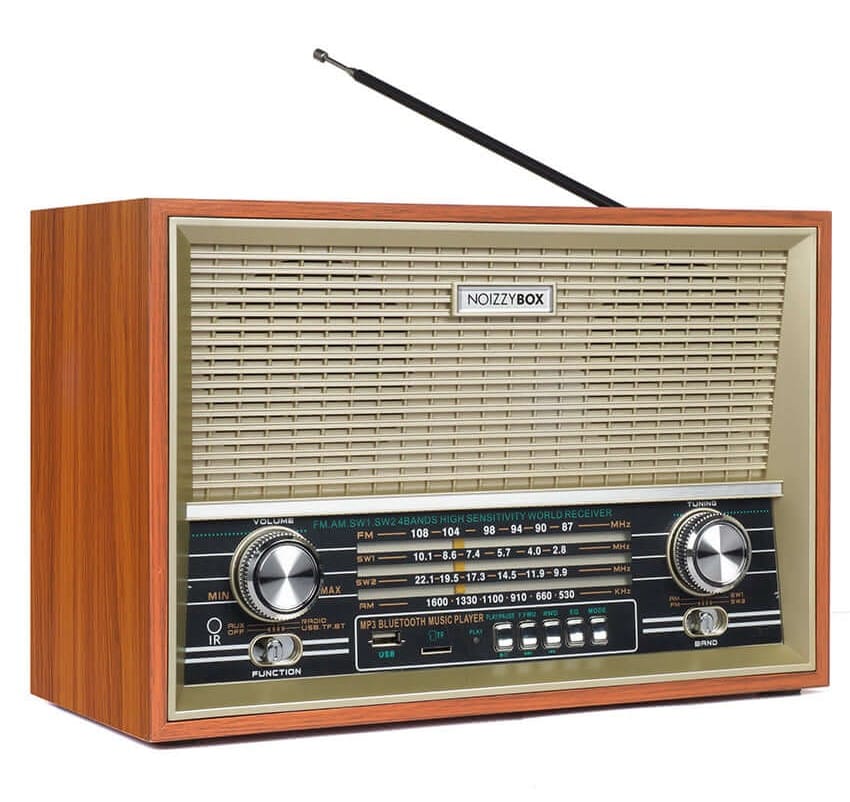
Radio is a wireless communication technology that transmits and receives electromagnetic waves to carry information such as sound, data, and signals over short or long distances without wires.
🔹 How Radio Works
- Transmission:
- A microphone converts sound into an electrical signal.
- A transmitter modulates this signal onto a radio wave (carrier frequency).
- The antenna broadcasts the wave into the air.
- Reception:
- A receiver (e.g., radio, smartphone) picks up the signal via an antenna.
- The demodulator extracts the original audio/data.
- A speaker converts it back into sound.
🔹 Types of Radio Communication
1. Broadcast Radio (AM/FM)
- AM (Amplitude Modulation)
- Uses varying signal strength.
- Long-range but prone to static.
- Used in talk radio, news.
- FM (Frequency Modulation)
- Uses varying frequency for clearer sound.
- Better quality but shorter range.
- Used in music stations.
2. Two-Way Radio (Walkie-Talkies)
- FRS/GMRS: Consumer-grade (family, outdoor use).
- CB Radio: Truckers, short-range communication.
- Ham Radio (Amateur Radio): Licensed hobbyists, emergency communication.
3. Digital Radio
- DAB (Digital Audio Broadcasting): Higher quality than FM.
- Satellite Radio (e.g., SiriusXM): Subscription-based, global coverage.
- Internet Radio (Streaming): Spotify, Pandora, BBC Sounds.
4. Military & Aviation Radio
- Air Traffic Control (ATC): VHF bands for pilot communication.
- Military Comms: Encrypted, secure channels.
5. Shortwave & Longwave Radio
- Shortwave: Long-distance (crosses continents).
- Longwave: Very low frequency, used in navigation.
🔹 Radio Frequency Bands
| Band | Frequency Range | Uses |
|---|---|---|
| LF (Low Frequency) | 30–300 kHz | Submarine comms, navigation |
| MF (Medium Frequency) | 300 kHz–3 MHz | AM radio |
| HF (High Frequency) | 3–30 MHz | Shortwave, ham radio |
| VHF (Very High Frequency) | 30–300 MHz | FM radio, aviation, marine |
| UHF (Ultra High Frequency) | 300 MHz–3 GHz | TV, mobile phones, Wi-Fi |
| SHF (Super High Frequency) | 3–30 GHz | Satellite, radar |
🔹 Modern Applications of Radio
- Emergency Services (Police, Fire, EMS)
- Space Communication (NASA, SpaceX)
- IoT & Smart Devices (Wi-Fi, Bluetooth, Zigbee)
- GPS Navigation (Satellite signals)
- RFID & Contactless Payments (NFC)
🔹 How to Listen to Radio Today
📻 Traditional Radios (AM/FM)
📱 Smartphones (FM chips, streaming apps)
🛰 Satellite Radio (SiriusXM)
💻 Online Streaming (TuneIn, iHeartRadio)
